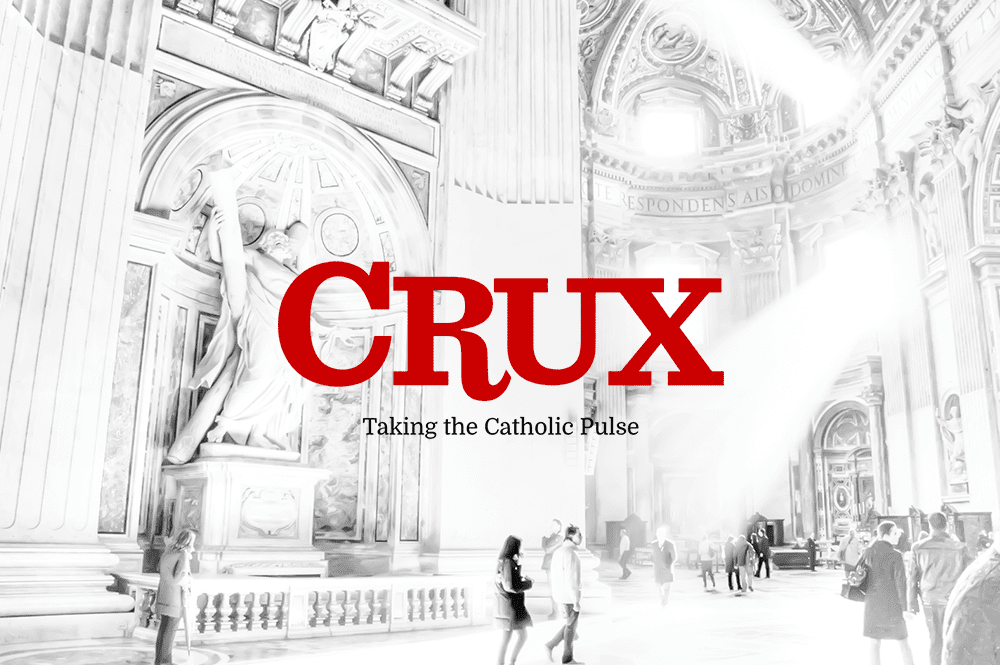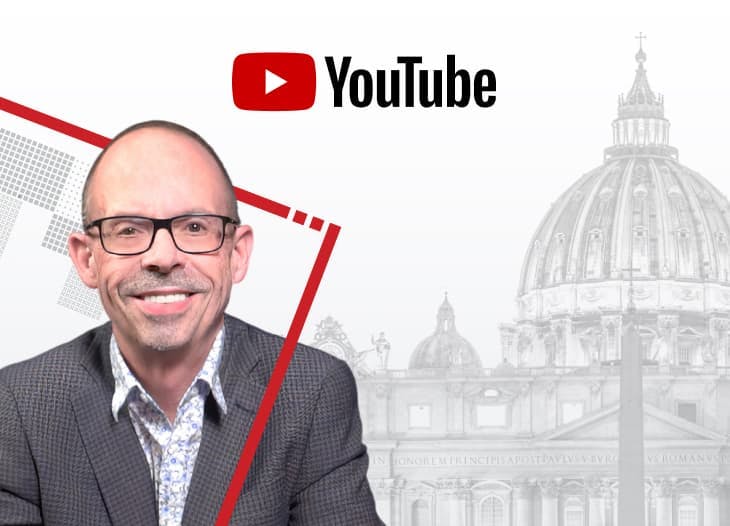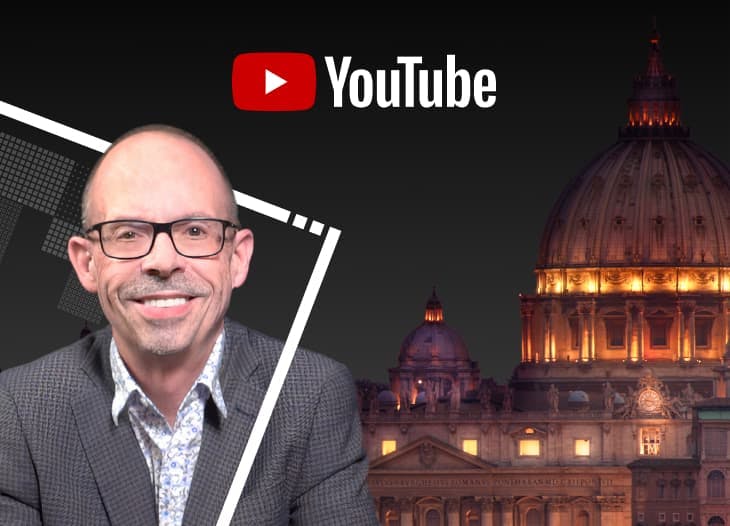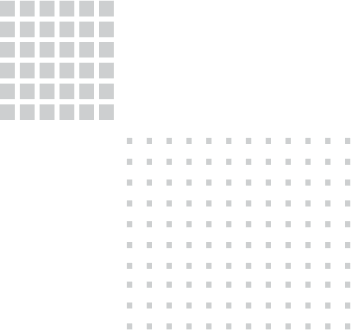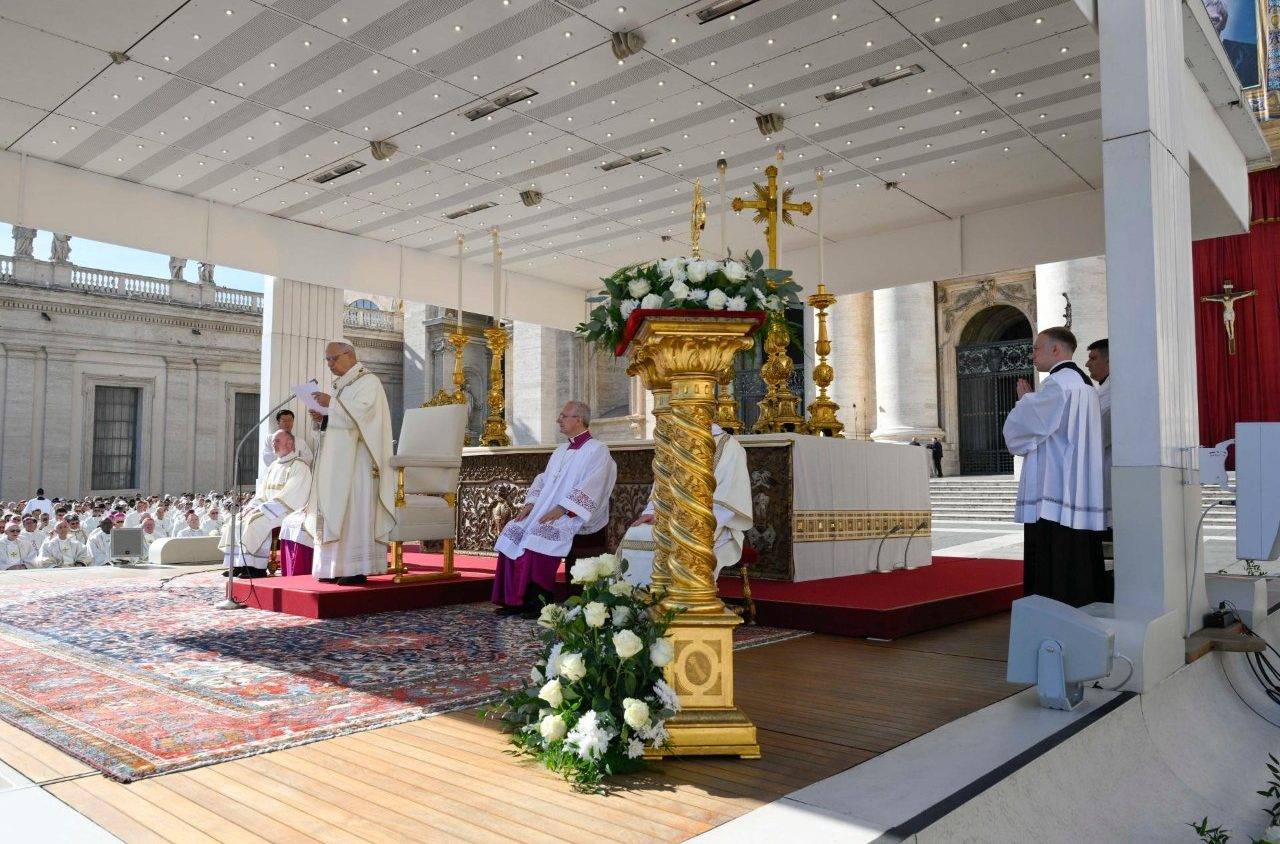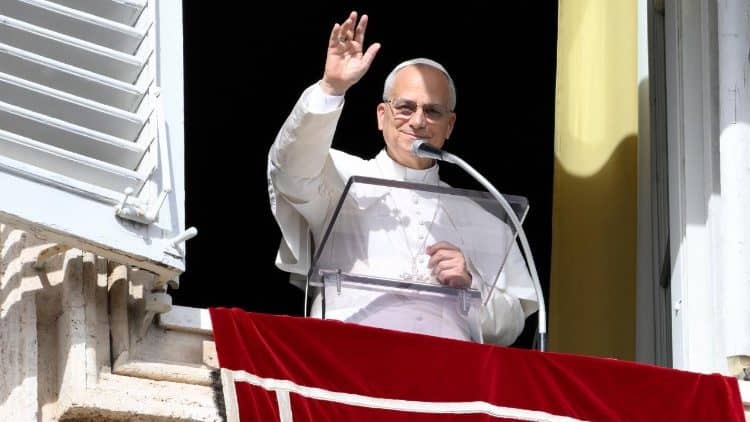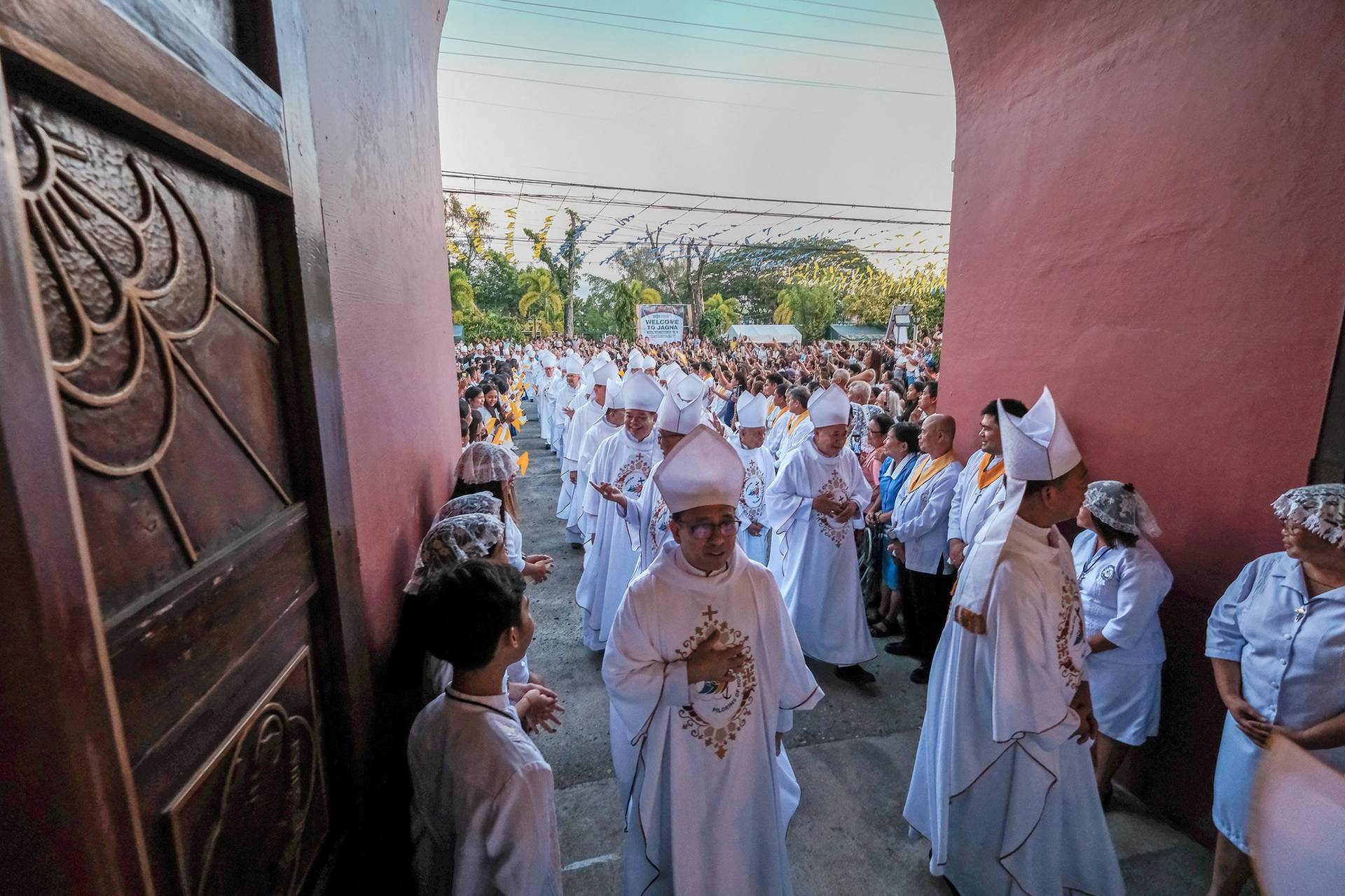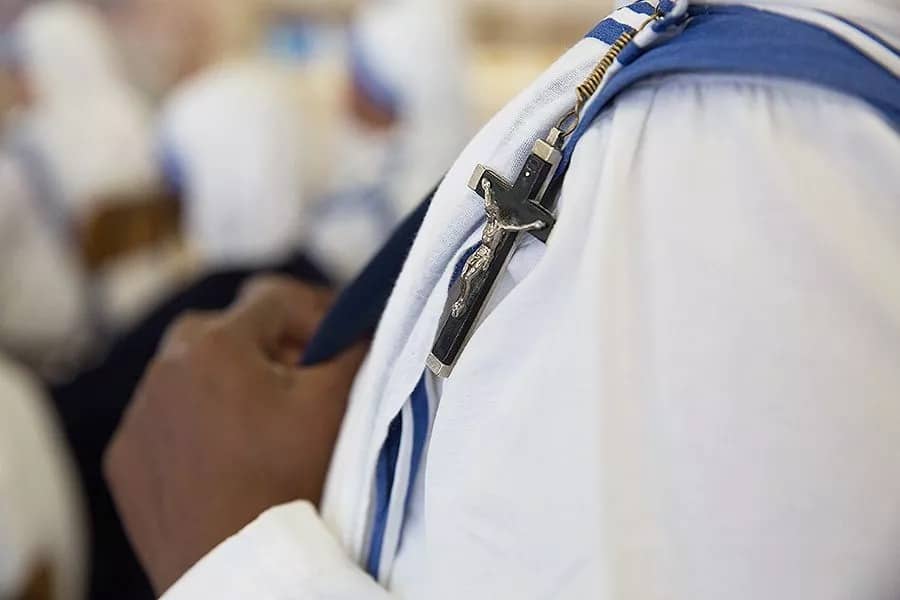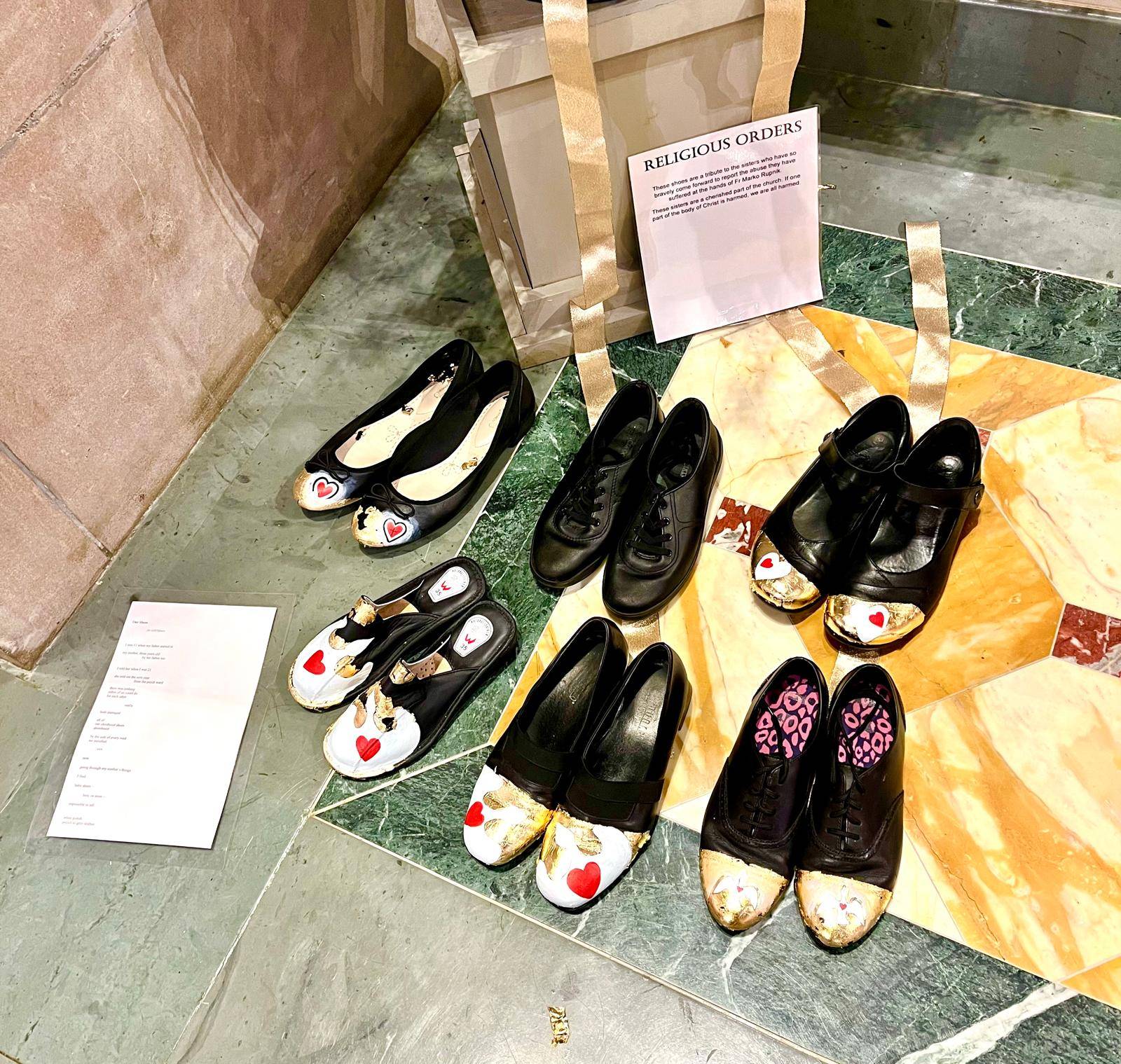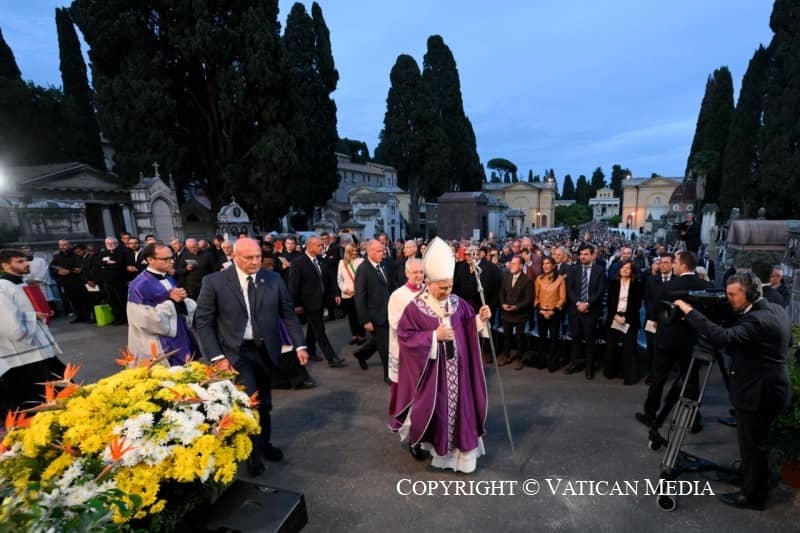Last week, several essayists writing in the semi-official Vatican paper L’Osservatore Romano suggested that women should be allowed to preach at Mass. On Facebook, Jesuit priest Father James Martin agreed: “Not hearing women reflecting on the Gospels at Mass impoverishes us, limits us, and prevents us from hearing the wisdom and experience of fully half of our church. I am reminded of this every time I hear a woman reflect on her experiences of the New Testament – particularly on stories like the Annunciation, the Nativity, and all the interactions that Jesus ever had with women.”
Father Martin makes a good point, and the insights from women who love Jesus about women who loved Jesus are always powerful and moving. However, his comments imply that Catholics have been starved of the feminine point of view for the past 2,000 years. This is hardly the case. While it is true that women’s voices are not heard as much as men’s, from the beginning women have had had a prominent role in the Church.
In the New Testament, the wealthy Lydia hosted a church in her house (Acts 16:14), Priscilla was a teacher of the faith with her husband Aquila (Romans 16:3), the four daughters of Philip were prophetesses of a sort (Acts 21:9), and St. Paul mentions Phoebe (Romans 16:11) and various women as ministers in the Church and his co-workers.
Neither are women’s voices absent from the ranks of the saints and doctors of the Church. Women’s unique insights are powerful and perceptive in the writings of Hildegard of Bingen, Juliana of Norwich, Teresa of Avila, Therese of Lisieux, Teresa Benedicta of the Cross, St. Elizabeth of Hungary, and many others.
The question then is not whether the Church has heard and benefited from the experiences and insights of women, but whether women should be permitted to preach at Mass.
The fundamentalists among us would point out that Sacred Scripture forbids this. St. Paul writes to Timothy: “I do not permit a woman to teach or to assume authority over a man; she must be quiet.” Quite apart from its political incorrectness, we should not fall into the fundamentalist trap. Otherwise, we would have to forbid women from having fancy hairdos and wearing gold jewelry and pearls, because in the same chapter, St. Paul writes: “I also want the women to dress modestly, with decency and propriety, adorning themselves, not with elaborate hairstyles or gold or pearls or expensive clothes…”
So should women be permitted to preach at Mass? Certainly a good number of women have excellent theological training and are effective speakers. EWTN TV host Johnnette Benkovic is a powerful, entertaining, and dynamic preacher. In her heyday, Mother Angelica packed a preacher’s punch on her regular television show, while theologian Pia de Solenni, evangelist Sherry Weddell, pro-life activist Abby Johnson, and writer Dawn Eden are just a few examples of Catholic women who know their stuff and communicate powerfully. Furthermore, armies of women religious have taught religion; in our own day, most of the CCD teachers and parish directors of religious education are women.
So where did we get the idea that the Church is starved of women’s perspective and experience?
We should be clear. The call for women to preach at Mass is not because women’s voices and experience are absent from the Church. The pressure for women to preach at Mass is part of the larger agenda for women’s ordination, if not to the priesthood, at least to the diaconate. This brings us to the real point: women are not prohibited from preaching at Mass because they’re women. They’re barred from preaching at Mass because they are lay people.
In other words, women cannot preach at Mass for the same reason that lay men cannot preach at Mass: because they are not ordained.
Why then, does the Church limit preaching at Mass to the clergy? Is it simply because the ordained clergy have the theological education and training in homiletics to equip them to preach? The poor quality of much Catholic preaching (both in content and style) would cause us to set that practical point to one side. Given the lack of pulpit confidence of many priests and deacons, wouldn’t it make sense for gifted and qualified lay men and women to preach at Mass? Wouldn’t some variety in the pulpit be a good idea, and wouldn’t it be of help to the busy parish priest to have a break from having to preach so frequently?
The Church of England has “lay readers”— men and women who had received a recognizable level of theological and pastoral training who were authorized to preach, teach, and take occasional services like funerals or morning and evening prayer. What if the Catholic Church were to expand and enrich the ancient order of lector to perform a similar function? Already the Catholic Church in the developing world uses parish catechists in a similar way. In the absence of a priest, they pretty much run the parish, lead non-Eucharistic worship, preach, and teach. The parish catechist can be a man or a woman.
Don’t all these practical points prevail? Wouldn’t it make sense for lay men and lay women, after being properly trained, to help with the task of preaching?
Perhaps. However, when it comes to Mass, there is more going on than simply teaching the faith. Catholic worship is not merely utilitarian. A deeper and more mysterious transaction is taking place. The entire Mass is a liturgical expression of the life of Jesus Christ. Every aspect of the Mass is a celebration and recognition of the incarnation, passion, death, and resurrection of the Lord. Indeed, it is through the Mass that this mystery comes alive and is applied to the everyday needs of the faithful.
The Mass is not simply a gathering to hear a religious lecture. It is not a pep rally for people to sing songs and hear a speech about how to be nicer people and make the world a better place. The Mass is not just a cheerful fellowship where we all hold hands and try to raise one another’s self-esteem. The Mass is not a political rally in which we are instructed in an ideology to change the world. The Mass is not just a time for catechesis with bread and wine. It is not an RCIA class with hymns.
The Mass is a mystical sharing in the Body of Christ. The meaning of the Mass is encapsulated in the words the priest says as he pours the water and wine into the sacred chalice: “Through the mystery of this water and wine may we come to share in Christ’s divinity who humbled himself to share in our humanity.”
Now the reason for preaching being reserved to priests and deacons becomes clear. At the Mass, we share in Christ’s divinity who humbled himself to share in our humanity. As part of this mystery, the priest and the deacon stand in persona Christi. They represent Christ symbolically and liturgically. One as Christ the priest, the other as Christ the Servant. When the priests and deacons read and preach the gospel therefore, they are exercising not only a teaching function, but a signifying function. They are liturgically incarnating Christ the Teacher and Christ the Servant to the people.
The clergy are ordained and set apart from the laity for this reason: to help signify Christ in the world through their own person and through their own vocation. This is why the catechism teaches that one of the ways to objectively know that you have encountered the risen Lord is “in the person of the priest.”
The laity make Christ real in the world in a different and complementary fashion, and that’s why they are not permitted to preach at Mass.
